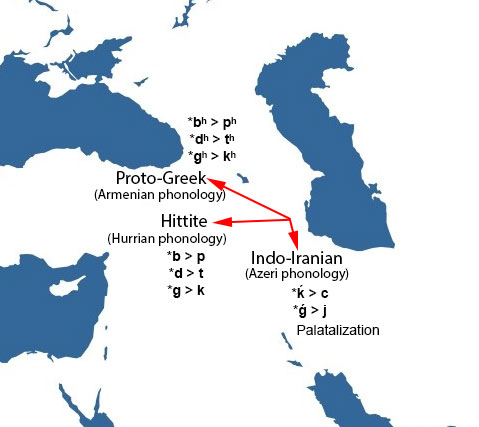Philjames100
Regular Member
- Messages
- 309
- Reaction score
- 130
- Points
- 43
The single Mycenaean male sample (in Lazaridis 2017) belonged to Y-DNA J2a1.
"The J2a1 sample tested is obviously an assimilated Minoan, so it doesn't shed any light on the patrilineal origins of Mycenaeans."
https://www.eupedia.com/forum/threa...cenaeans/page3?p=516172&viewfull=1#post516172
"The J2a1 sample tested is obviously an assimilated Minoan, so it doesn't shed any light on the patrilineal origins of Mycenaeans."
https://www.eupedia.com/forum/threa...cenaeans/page3?p=516172&viewfull=1#post516172






